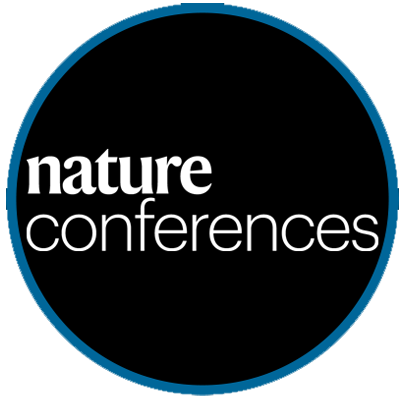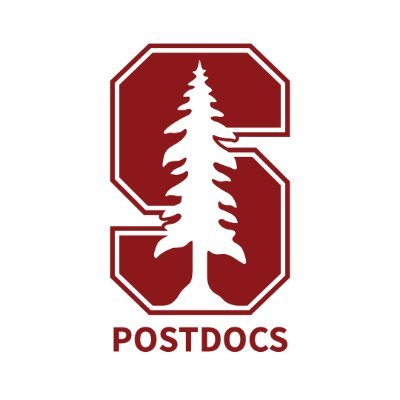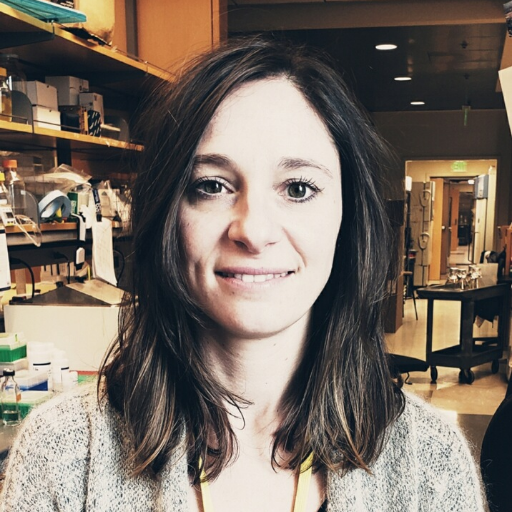
Barna Lab
@mbarnalab
Followers
3K
Following
2K
Media
74
Statuses
559
We study tissue patterning & translational control in development | #ribosomes #signaling #RNA #filopodia #axolotls | tweets: Maria Barna (-MB) & lab members
Stanford, CA
Joined July 2015
How do the 3 longest-living vertebrates live so long? The Greenland shark modifies p53 and reduces protein stress The bowhead whale boosts DNA repair And the rougheye rockfish alters IGF signalling and controls inflammation
19
58
353
This is one of the most interesting papers that I have ever read!
1/ Excited to share our new study with @Brumbaugh_JB, now out in @NatureBiotech! P-bodies selectively sequester RNAs encoding cell fate regulators, often from the preceding developmental stage. Releasing these RNAs can drive changes in cell identity. 🧵 https://t.co/D7fnkJgNQ6
0
4
10
Axolotls use adrenaline signaling to regenerate legs! Today, we can finally share the official publication of a really exciting project we've pursued over the last several years. Thanks to the entire team for their creativity, expertise, and work.
cell.com
The nervous system regulates a systemic response following amputation that primes distant appendages for faster regeneration upon a second injury, a scenario relevant to salamanders in the wild who...
1
8
19
Now online! Adrenergic signaling coordinates distant and local responses to amputation in axolotl
cell.com
The nervous system regulates a systemic response following amputation that primes distant appendages for faster regeneration upon a second injury, a scenario relevant to salamanders in the wild who...
0
6
36
A fascinating connection between translation decoding specificity through metabolites that help cells control a vital redox state. Congrats Josh @Mendell_lab and Fred!!
Colliding ribosomes are potent signals of cellular stress. But do cells use ‘programmed’ ribosome collisions to regulate gene expression? I’m excited to present a new story led by Frederick Rehfeld revealing that the answer is YES! Read on to find out how.
1
1
9
Dan Jarosz becomes first senior associate dean for basic science | Stanford Report
med.stanford.edu
Jarosz is the inaugural appointment to the newly created position, which will support basic science faculty throughout the Stanford School of Medicine.
0
0
0
In my opinion, this is the most important aging-related paper of the year! It identifies a critical protein that could eventually extend lifespan by many years. Not surprisingly, it involves DNA repair and regulation of the immune response. Below is a breakdown of the key points
50
306
2K
October 10- Deadline to submit abstracts and grab a early bird registration for our event on nucleic acid medicine with these experts. Learn more> https://t.co/RIGVMQUPak
@ArtKrieg @yegracechen @HowardYChang @mbarnalab @MRC_TU @mitchguttman @Caltech @EliLillyandCo @Alnylam
0
6
12
Faculty have spoken! Consensus? Postdocs are amazing! In celebration of National Postdoc Appreciation Week, we'll be highlighting faculty praise for postdocs. Today we share words from Dr. Michael Snyder.
0
3
8
Excited to share our first preprint from the lab! We developed an image-based pooled screen to uncover regulators of HP1 condensates and discovered a link with intronic RNA and RNA processing. s https://www.biorxiv.org/content/10.1101/2025.09.21.676939v1
1
9
54
Polysomes and mRNA control the biophysical properties of the eukaryotic cytoplasm: Cell Reports
cell.com
Gade et al. report that polysomes and mRNA levels impact the biophysical properties of the cytoplasm. Using passive rheology probes and single-particle tracking, they demonstrate that intracellular...
0
8
33
Exciting work from our lab! Huge shoutout to @mbellucci28 and @MehdiAmiri_Bio for contributions to this study. Check out the preprint on @biorxivpreprint! 👇
0
3
7
Try the Rapidash protocol to isolate ribosomes from any sample in less than 5 hours. At the moment, the best protocol to characterize ribosome associated proteins (RAPs) by MS without contamination from other multi-protein complex components!
0
10
21
Excited that our nucleolus mapping paper just came out today in Nature! Truly an amazing study from even more amazing due of @sofiquinodoz & @jiang_lifei w/ @LafontaineLab & Sebastian Klinge and other fantastic co-authors
nature.com
Nature - Spatially segregated rRNA processing dictates nucleolar morphology and drives outward progression of pre-ribosomal RNA through nucleolar phases.
Excited to share a new preprint! (1)🔬The nucleolus is the most prominent nuclear condensate, with a fascinating multilayered liquid-like structure, and is the site of ribosome biogenesis. But how does this multiphase architecture form and function? https://t.co/xKP9tGFFlQ
3
37
143
Excited to share our recent work, which addressed a mechanism by which the eukaryotic ribosomes increase the fidelity of mRNA translation than prokaryotic ribosomes through the eukaryote-specific tentacle-like ribosome structure.
academic.oup.com
Abstract. Eukaryotic ribosomes exhibit higher mRNA translation fidelity than prokaryotic ribosomes, partly due to eukaryote-specific ribosomal RNA (rRNA) i
2
14
45
New protocol drop! 🧪 Check out our polysome profiling in primary differentiating murine adipocytes 🐭🧫 — a step-by-step guide to studying translational control during adipogenesis. 👉 https://t.co/yG7j4exgwH
@ClaudioVillanu
0
4
18
Belated post! If you haven’t seen our recent work https://t.co/kXPJNlWn75 , here’s a 🧵 highlighting the two techniques we developed to study subcellular populations of mammalian ribosomes and some cool findings these tools helped us uncover: (1/18)
1
7
34
Happy to share our new work with @haognguyen on targeting mRNA translation of oncogenes by RNA structure remodeling with a small molecule zotatifin. Congrats to @DuyguKuzuoglu an amazing postdoc and all the authors and collaborators! https://t.co/RGH6wZqkLl
10
30
118




















